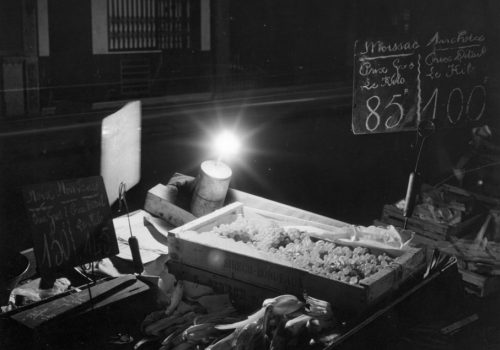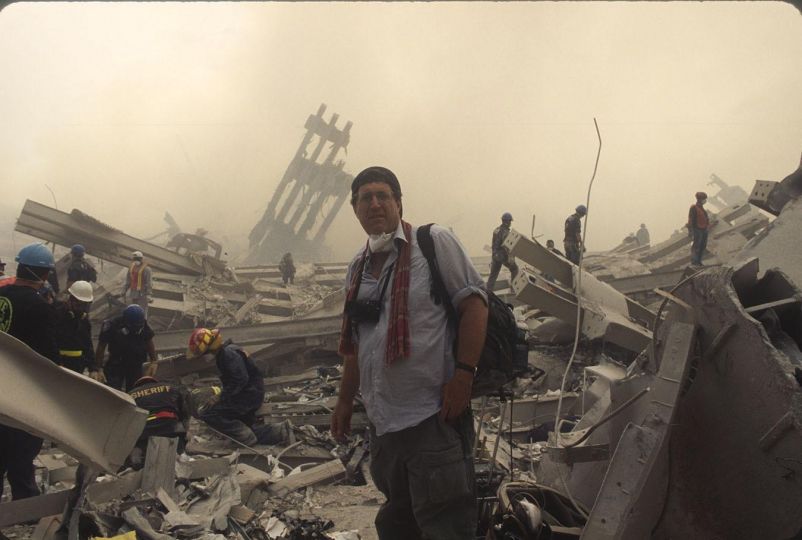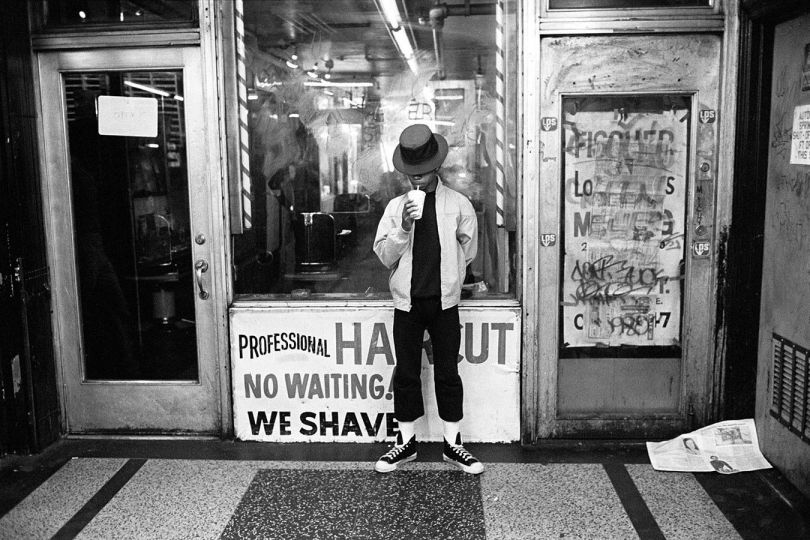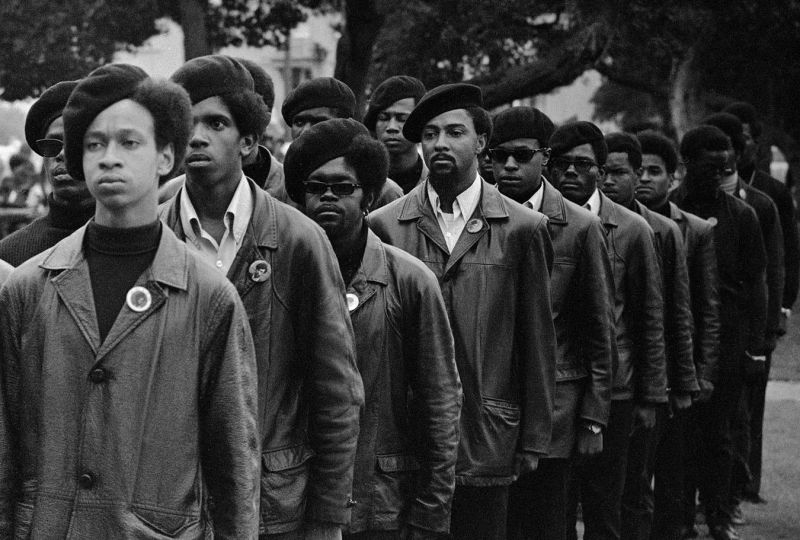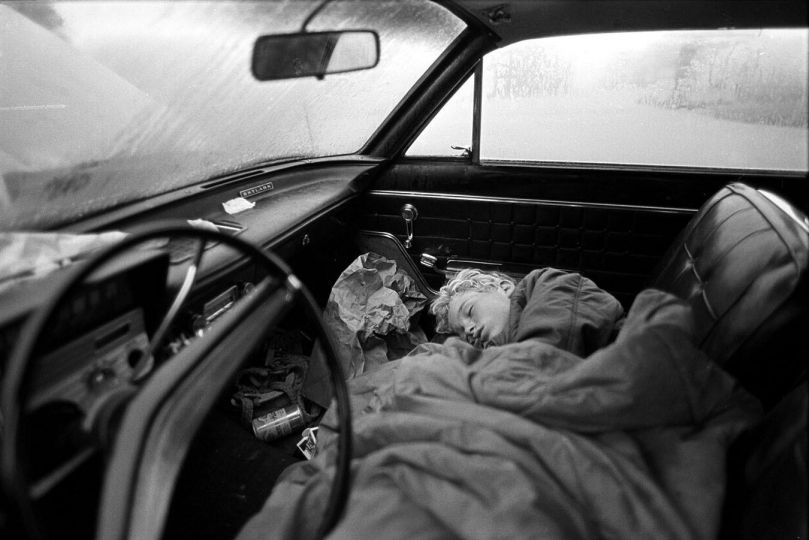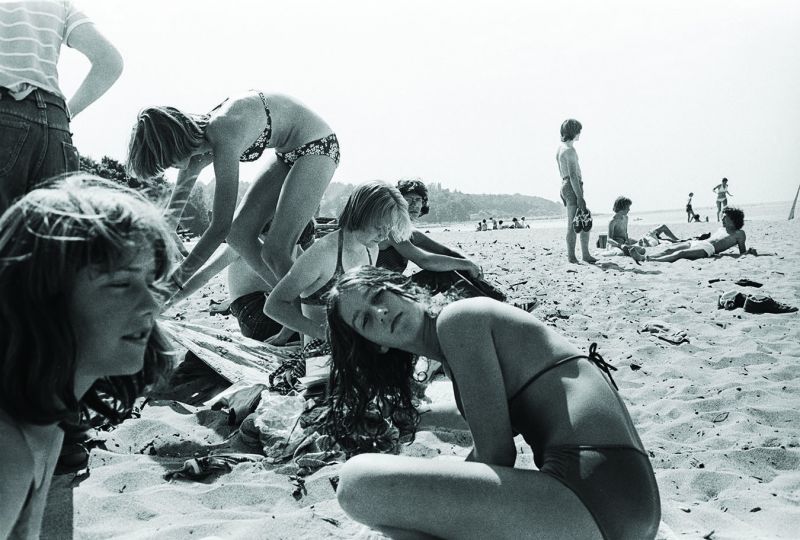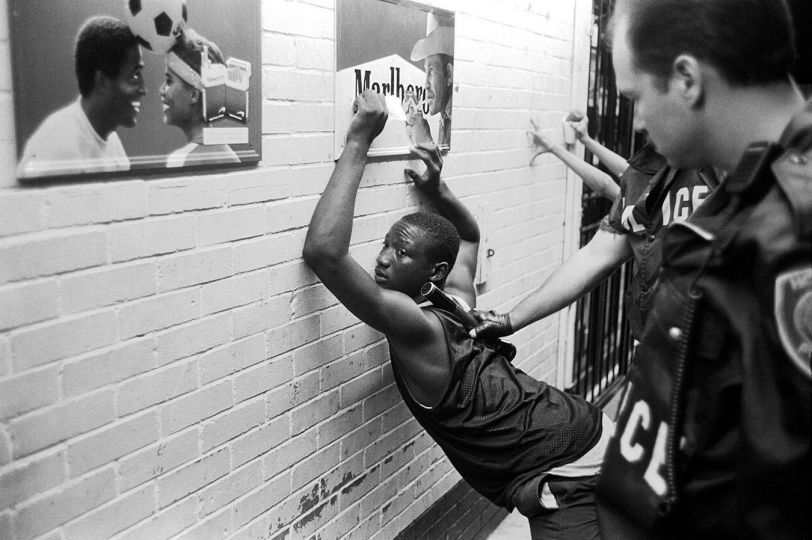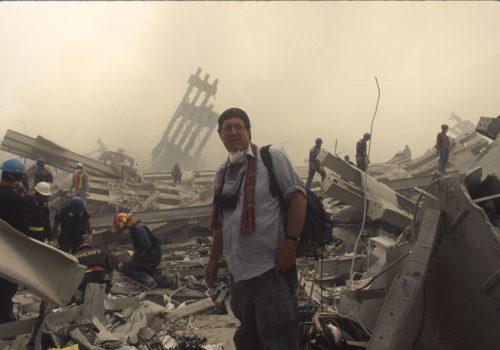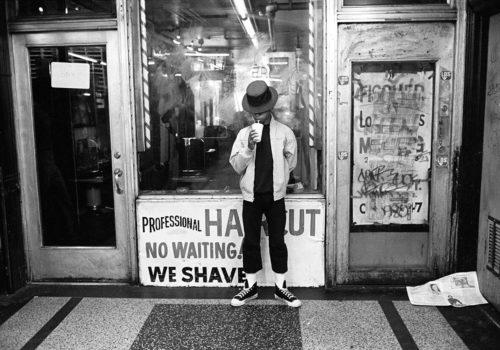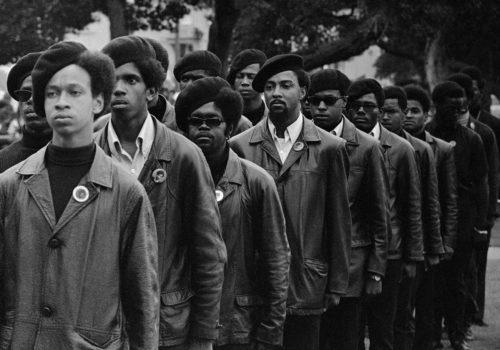René-Jacques, born René Giton, was born in Phnom Penh in 1908. He spent his first eight years in the French colony and enjoyed great freedom closer to the Cambodian nature. The return to France orchestrated by his mother in 1917 is brutal. René-Jacques is not accustomed to privations, he is subject to the rationing of the First World War, and the rigor of the Royan College. The situation improves with the installation of the family in Paris in 1924. After his military service and law studies, Re-Jacques, then twenty-two years old, decides, against the advice of his family, to become a photographer.
Early career
This desire is materialized with the purchase of his first Leica, the installation of his workshop rue Emile-Allez, his first publications in Rails de France and the choice of a new name which will henceforth be his photographer’s name. : René-Jacques. The beginnings are difficult, the purchase of shooting equipment and laboratory forces him to go into debt and diversify his talents to invest all fields of professional photography. From storytelling to portraiture and photography, René-Jacques knows how to do everything. This skill and his flawless mastery of the technique quickly assures him a solid reputation that enables him to publish regularly in the French specialized newspapers like Arts and Métiers and in the international magazines such as US Camera Annual, Harper’s Bazaar or Fortune.
The spell adventure of Paris
When Editions Grasset commissioned him to illustrate Francis Carco’s L’Envoûtement de Paris, which appeared in 1938, René-Jacques immersed himself in the project that combines two of his great passions: literature and Paris. He imersed himself in Carco’s text, went beyond it and “went hunting”. He travelled day and night in Paris and captured the streetscape, the rescued Haussmann neighborhoods, ephemeral posters, cobblestones in the rain, creating a new and personal vision of “his” Paris. For him, the photographic illustration of a text is close to musical interpretation and must reveal to the reader “the dream of the writer and the nostalgia of fleeting images”. It is an extremely successful edition, the book was republished in a new version in 1988. This project allowed René-Jacques to reinvent Paris, according to the formula of Sougez: “see for the first time things with which we have lived forever without paying attention to them “.
The commitment for the right of photographers
After the Liberation, René-Jacques committed himself to defend the rights of photographers who were then at the mercy of publishers and sponsors, who were not always scrupulous. He continued this fight throughout his life by campaigning for the introduction of a basic minimum tariff and a code of practice for those who use or publish photographs. He also founded and chaired several associations and organizations including the famous “Group of XV” including Marcel Bovis, Pierre-Emmanuel Sougez and Robert Doisneau. This struggle to assert the rights of his profession animated his entire career until retirement in 1975. It was necessary to wait until the beginning of the 1980s for the exhibitions to resume. From 1982, events were multiplyed in France and abroad, including a major retrospective at the Palais de Tokyo in 1991 on the occasion of the donation of his work to the state.
For more than fifty years, René-Jacques has been on all fronts, reporting, photography, advertising, defending the rights of photographers, but it is through his gift as a technician and with his personal vision of Paris that he best expressed his sensibility.
Le Paris Secret de René-Jacques
23 March – 11 May
Galerie Argentic
43 rue Daubenton
75005 Paris

